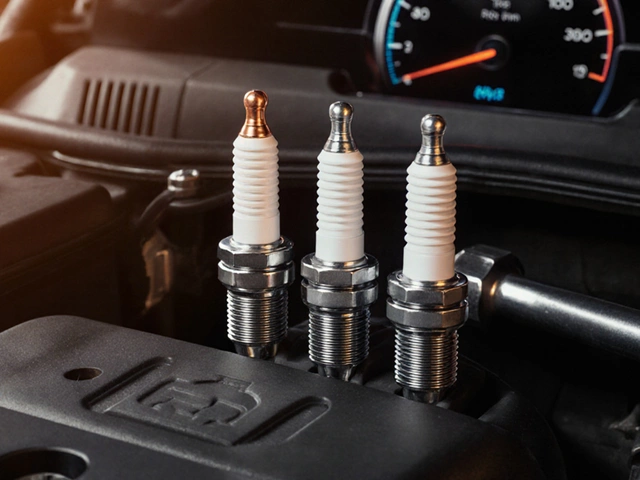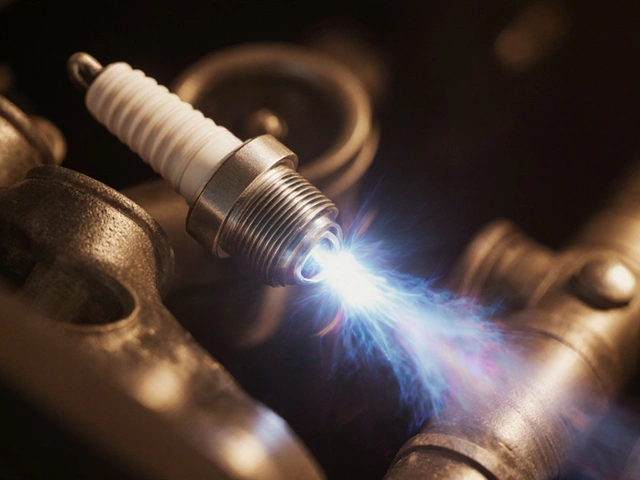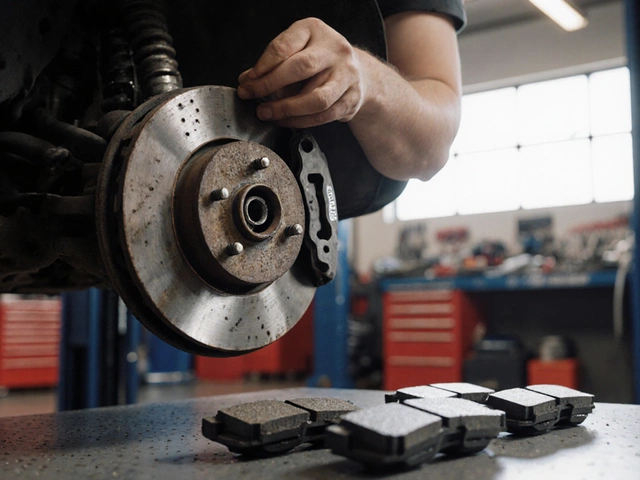
Bent Suspension: Signs, Risks, and What to Do Next
When your bent suspension, a damaged or deformed part of your car’s suspension system that affects ride quality and control. Also known as cracked control arm or bent strut, it doesn’t just make your ride bumpy—it turns everyday driving into a safety risk. You might not notice it right away, but a bent suspension changes how your car responds to turns, stops, and bumps. It’s not a "maybe fix later" problem. It’s a "fix now or pay more later" situation.
Think about it: your suspension holds the wheels in place and keeps them touching the road. If it’s bent, your tires wear unevenly, your brakes don’t work right, and your steering gets loose or pulls to one side. That’s not just inconvenient—it’s dangerous. A bent control arm, for example, can cause your wheel to tilt inward or outward, leading to sudden tire blowouts. A bent shock absorber or strut won’t absorb bumps anymore, so every pothole sends shock through your chassis—and your spine. And here’s the kicker: many people ignore it until they hear a loud clunk, feel the car sway, or see their tires wearing out in just a few thousand miles. That’s not normal wear. That’s damage.
It’s not just about the suspension parts themselves. A bent suspension stresses your brake pads, components that press against rotors to slow your car, forcing them to work harder and wear out faster. It also messes with your wheel alignment, the angle at which your tires meet the road, which means even new tires won’t last. And if you’ve ever driven with a bad suspension, you know it feels like the car is floating, bouncing, or dragging—like it’s trying to escape your control. That’s not a quirk. That’s failure.
Most people don’t realize how common this is. A minor accident, a deep pothole, or even years of rough roads can bend a suspension part without you knowing. You might think your car just feels "old," but it could be a bent component. The good news? You don’t need to be a mechanic to spot the signs. Listen for clunks when you hit bumps. Watch for uneven tire wear. Notice if your car leans to one side when parked. Check if your steering feels loose or pulls hard. These aren’t guesses—they’re red flags.
Fixing a bent suspension isn’t always expensive, but ignoring it is. Replacing a control arm or strut might cost a few hundred bucks. Letting it go could cost you thousands in ruined tires, brake jobs, and even accidents. The posts below show you exactly what to look for, how to tell if it’s your suspension or something else, and when to call a pro. You’ll find real examples of suspension noises, how to diagnose them, and what repairs actually involve—no hype, no guesswork. This isn’t about fixing your car. It’s about keeping yourself safe on the road.
-
28 Jul

-
28 Apr

How Can You Tell If Your Suspension Is Bent? Quick Signs and What to Do
Ever hit a nasty pothole and wondered if you did real damage? This article breaks down how you can spot a bent suspension, even before things get dangerous. Learn the tell-tale signs, why ignoring them is risky, and what you should do if you suspect trouble. Get straightforward tips and tricks, so you don't end up with bigger repair bills. Don’t leave your safety up to guesswork.





